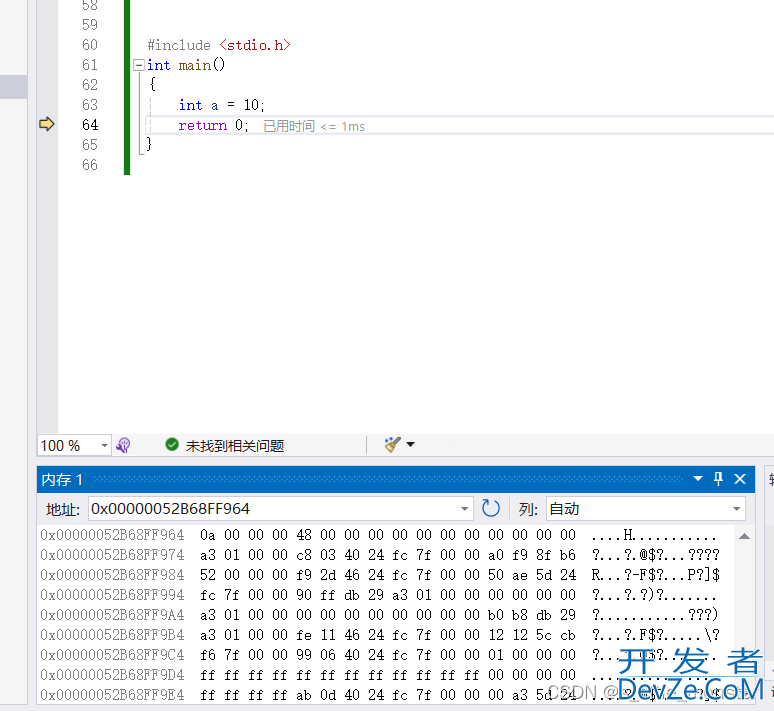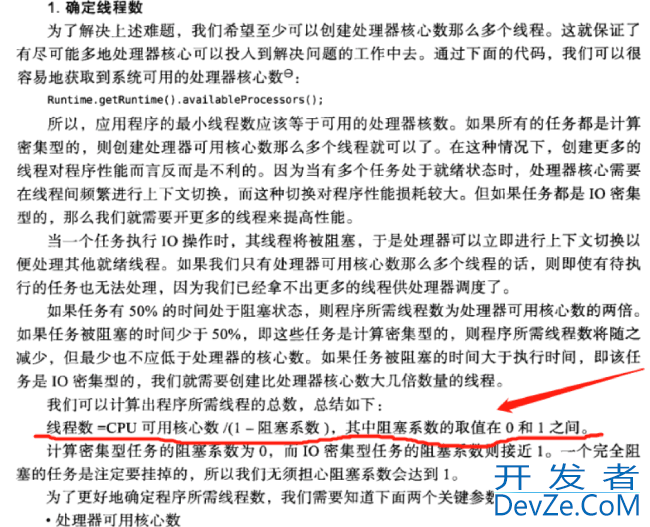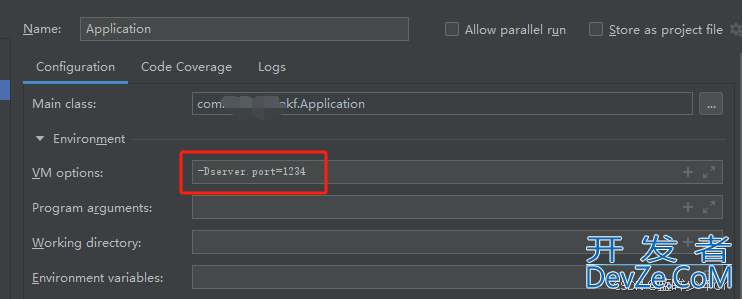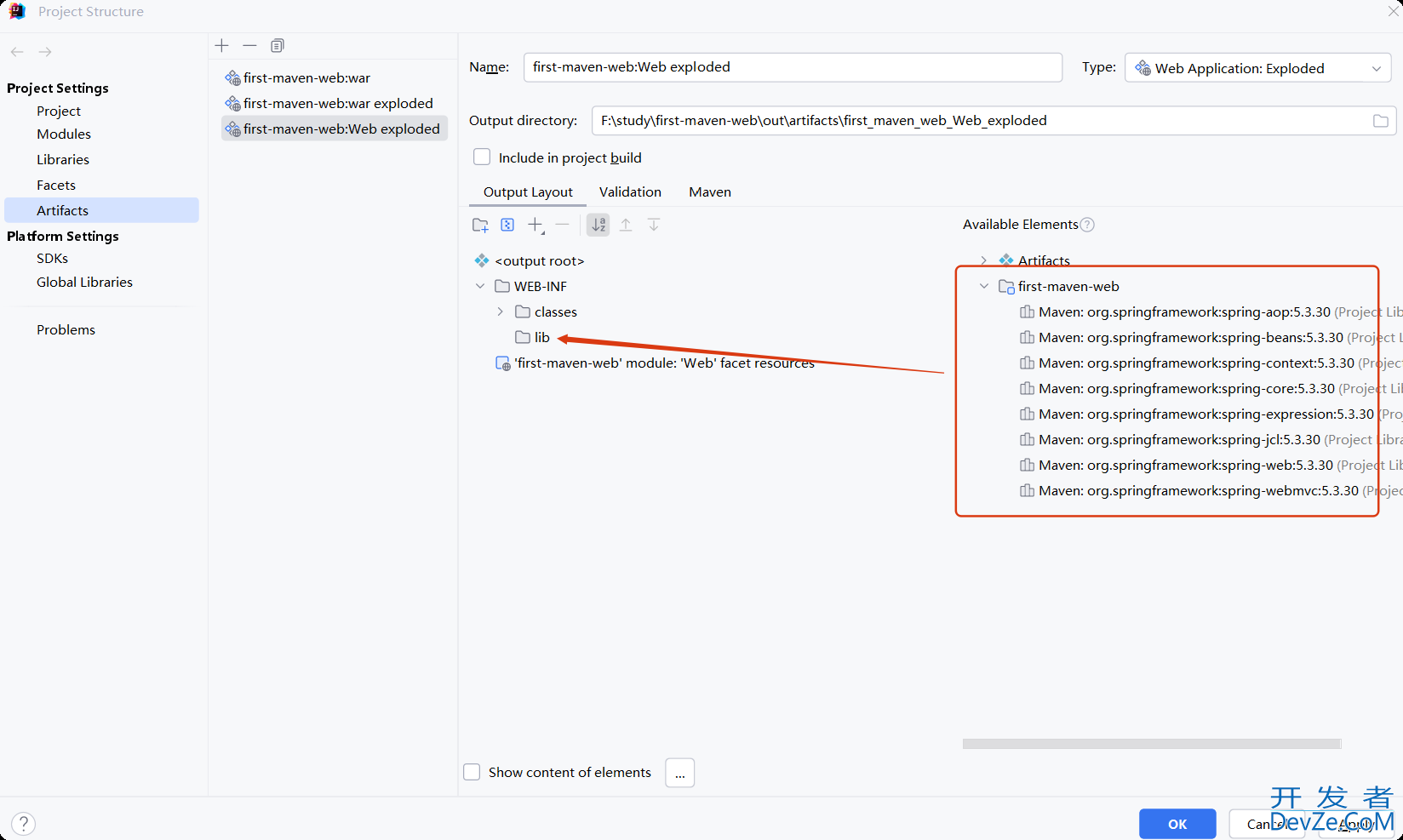目录
- 一、添加依赖
- 二、配置 Redis 连接池
- 三、测试 Redis 操作
- 四、完整示例代码
- (一)pom.XML
- (二)RedisConfig.Java
- (三)application.properties
- (四)RedisController.java
一、添加依赖
在 pom.xml 文件中添加以下依赖:
<dependencies>
<dependency>
<groupId>org.springframework.boot编程客栈</groupId>
<artifactId>spring-boot-starter-data-redis</artifactId>
</dependency>
<dependency>
<groupId>org.apache.commons</groupId>
<artifactId>commons-pool2</artifactId>
</dependency>
</dependencies>
二、配置 Redis 连接池
(一)通过 Java 配置类
创建一个配置类,用于定义 Redis 连接工厂和连接池配置:
import org.apache.commons.pool2.impl.GenericObjectPoolConfig;
import org.springframework.cache.annotation.CachingConfigurerSupport;
import org.springframework.cache.annotation.EnableCaching;
import org.springframework.context.annotation.Bean;
import org.springframework.context.annotation.Configuration;
import org.springframework.data.redis.connection.RedisStandaloneConfiguration;
import org.springframework.data.redis.connection.lettuce.LettuceConnectionFactory;
import org.springframework.data.redis.connection.lettuce.Lettu编程客栈cePoolingClientConfiguration;
import org.springframework.data.redis.core.RedisTemplate;
import org.springframework.data.redis.serializer.StringRedisSerializer;
@EnableCaching
@Configuration
public class RedisConfig extends CachingConfigurerSupport {
@Bean
public LettuceConnectionFactory redisConnectionFactory() {
RedisStandaloneConfiguration redisStandaloneConfiguration = new RedisStandaloneConfiguration();
redisStandaloneConfiguration.setHostName("localhost");
redisStandaloneConfiguration.setPort(6379);
GenericObjectPoolConfig<Object> poolConfig = new GenericObjectPoolConfig<>();
poolConfig.setMaxTotal(10); // 最大连接数
poolConfig.setMaxIdle(5); // 最大空闲连接数
poolConfig.setMinIdle(1); // 最小空闲连接数
poolConfig.setMaxWaitMillis(2000); // 获取连接的最大等待时间
LettucePoolingClientConfiguration poolingClientConfig = LettucePoolingClientConfiguration.builder()
.poolConfig(poolConfig)
.build();
return new LettuceConnectionFactory(redisStandaloneConfiguration, poolingClientConfig);
}
@Bean
public RedisTemplate<String, Object> redisTemplate() {
RedisTemplate<String, Object> template = new RedisTemplate<>();
template.setConnectionFactory(redisConnectionFactory());
template.setKeySerializer(new StringRedisSerializer());
template.setValueSerializer(new StringRedisSerializer());
return template;
}
}
(二)通过 application.properties 文件
在 application.properti编程客栈es 文件中添加以下配置:
spring.redis.host=localhost spring.redis.port=6379 spring.redis.database=0 spring.redis.lettuce.pool.max-active=10 spring.redis.lettuce.pool.max-idle=5 sprijavascriptng.redis.lettuce.pool.min-idle=1 spring.redis.lettuce.pool.max-wait=-1
三、测试 Redis 操作
创建一个简单的控制器来测试 Redis 的基本操作:
import org.springframework.beans.factory.annotation.Autowired;
import org.springframework.data.redis.core.RedisTemplate;
import org.springframework.web.bind.annotation.GetMapping;
import org.springframework.web.bind.annotation.RequestParam;
import org.springframework.web.bind.annotation.RestController;
@RestController
public class RedisController {
@Autowired
private RedisTemplate<String, Object> redisTemplate;
@GetMapping("/set")
public String set(@RequestParam String key, @RequestParam String value) {
redisTemplate.opsForValue().set(key, value);
return "Value set successfully";
}
@GetMapping("/get")
public String get(@RequestParam String key) {
return (String) redisTemplate.opsForValue().get(key);
}
@GetMapping("/delete")
public String delete(@RequestParam String key) {
redisTemplate.delete(key);
return "Value deleted successfully";
}
}
四、完整示例代码
(一)pom.xml
<dependencies>
<dependency>
<groupId>org.springframework.boot</groupId>
<artifactId>spring-boot-starter-data-redis</artifactId>
</dependency>
<dependency>
<groupId>org.apache.commons</groupId>
<artifactId>commons-pool2</artifactId>
</dependency>
</dependencies>
(二)RedisConfig.java
import org.apache.commons.pool2.impl.GenericObjectPoolConfig;
import org.springframework.cache.annotation.CachingConfigurerSupport;
import org.springframework.cache.annotation.EnableCaching;
import org.springframework.context.annotation.Bean;
import org.springframework.context.annotation.Configuration;
import org.springframework.data.redis.connection.RedisStandaloneConfiguration;
import org.springframework.data.redis.connection.lettuce.LettuceConnectionFactory;
import org.springframework.data.redis.connection.lettuce.LettucePoolingClientConfiguration;
import org.springframework.data.redis.core.RedisTemplate;
import org.springframework.data.redis.serializer.StringRedisSerializer;
@EnableCaching
@Configuration
public class RedisConfig extends CachingConfigurerSupport {
@Bean
public LettuceConnectionFactory redisConnectionFactory() {
RedisStandaloneConfiguration redisStandaloneConfiguration = new RedisStandaloneConfiguration();
redisStandaloneConfiguration.setHostName("localhost");
redisStandaloneConfiguration.setPort(6379);
GenericObjectPoolConfig<Object> poolConfig = new GenericObjectPoolConfig<>();
poolConfig.setMaxTotal(10); // 最大连接数
poolConfig.setMaxIdle(5); // 最大空闲连接数
poolConfig.setMinIdle(1); // 最小空闲连接数
poolConfig.setMaxWaitMillis(2000); // 获取连接的最大等待时间
LettucePoolingClientConfiguration poolingClientConfig = LettucePoolingClientConfiguration.builder()
.poolConfig(poolConfig)
.build();
return new LettuceConnectionFactory(redisStandaloneConfiguration, poolingClientConfig);
}
@Bean
public RedisTemplate<String, Object> redisTemplate() {
RedisTemplate<String, Object> template = new RedisTemplate<>();
template.setConnectionFactory(redisConnectionFactory());
template.setKeySerializer(new StringRedisSerializer());
template.setValueSerializer(new StringRedisSerializer());
return template;
}
}
(三)application.properties
spring.redis.host=localhost spring.redis.port=6379 spring.redis.database=0 spring.redis.lettuce.pool.max-active=10 spring.redis.lettuce.pool.max-idle=5 spring.redis.lettuce.pool.min-idle=1 spring.redis.lettuce.pool.max-wait=-1
(四)RedisController.java
import org.springframework.beans.factory.annotation.Autowired;
import org.springframework.data.redis.core.RedisTemplate;
import org.springframework.web.bind.annotation.GetMapping;
import org.springframework.web.bind.annotation.RequestParam;
import org.springframework.web.bind.annotation.RestController;
@RestController
public class RedisController {
@Autowired
private RedisTemplate<String, Object> redisTemplate;
@GetMapping("/set")
public String set(@RequestParam String key, @RequestParam String value) {
redisTemplate.opsForValue().set(key, value);
return "Value set successfully";
}
@GetMapping("/get")
public String get(@RequestParam String key) {
return (String) redisTemplate.opsForValue().get编程客栈(key);
}
@GetMapping("/delete")
public String delete(@RequestParam String key) {
redisTemplate.delete(key);
return "Value deleted successfully";
}
}
总结
通过以上步骤,您已经成功配置了 Spring Boot 中的 Redis 连接池。这种配置方式不仅提高了 Redis 操作的性能,还确保了资源的高效利用。
到此这篇关于SpringBoot中配置Redis连接池的完整指南的文章就介绍到这了,更多相关SpringBoot配置Redis连接池内容请搜索编程客栈(www.devze.com)以前的文章或继续浏览下面的相关文章希望大家以后多多支持编程客栈(www.devze.com)!









 加载中,请稍侯......
加载中,请稍侯......
精彩评论